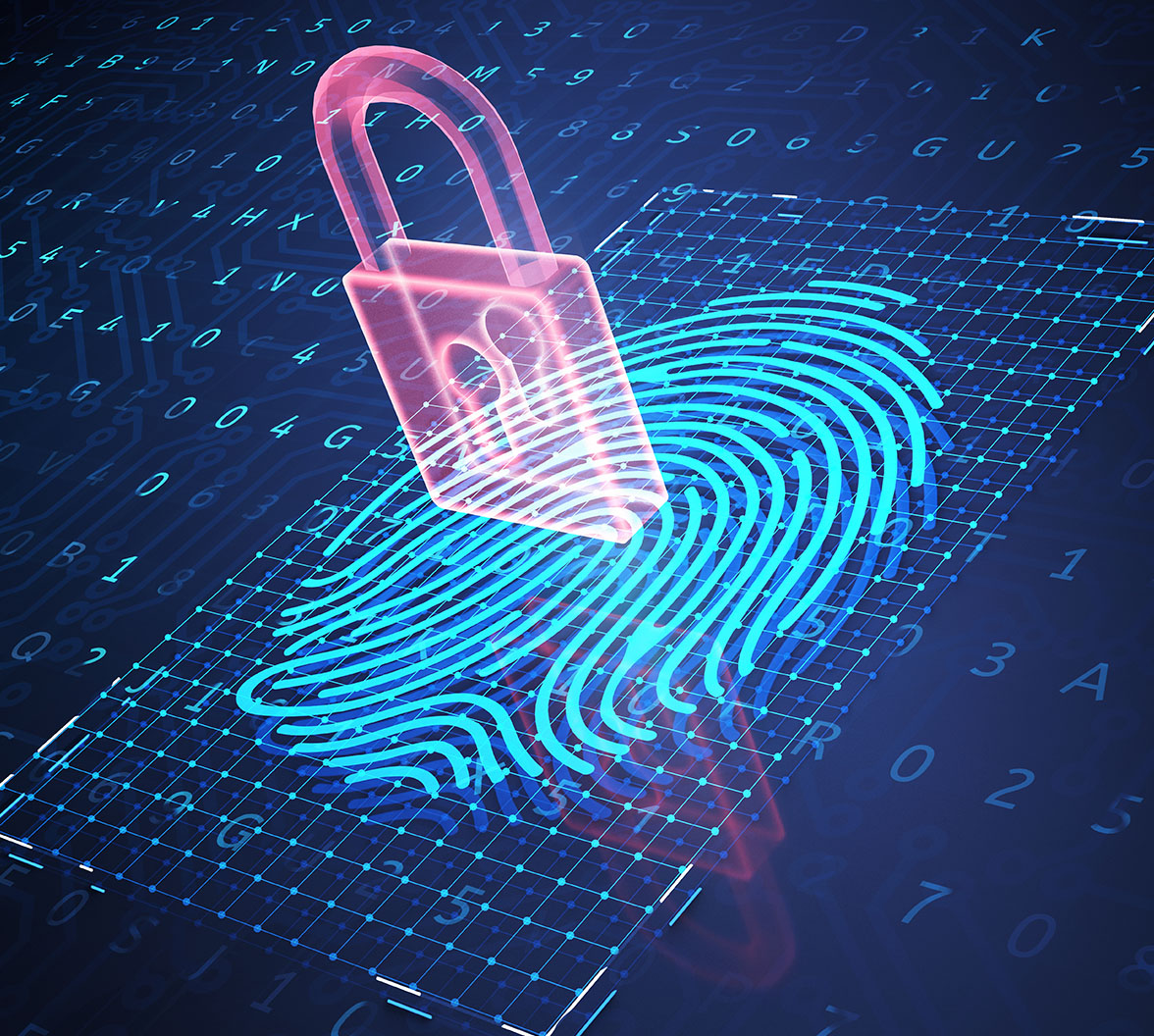Week 5: Biometrics
Biometrics:
Why Traditional Methods Fall Short
-
Passwords and PINs are vulnerable to phishing, brute force attacks, reuse, and social engineering.
-
The NCSC reported over 23 million accounts breached using the password “123456”
What Biometrics Bring to the Table
-
Physiological traits: fingerprints, facial recognition, iris scans, DNA.
-
Behavioral traits: voice patterns, typing rhythms, gait, and more.
-
Offer greater security (unique to individuals and hard to replicate) and enhanced user convenience, eliminating the need to remember complex credentials
-
Sectors like banking (e.g., Barclays’ finger-vein scan) and healthcare are already benefiting from reduced fraud and streamlined access
Major Challenges to Address
-
Privacy & Regulatory Compliance: Biometric data is “special category” under GDPR—requiring explicit consent, DPIAs, and strict handling .
-
Security Risks: Biometrics can be stolen and, unlike passwords, cannot be changed; databases like Biostar 2 have been breached
-
Technical Limitations: Systems face false positives/negatives and spoofing (e.g., deepfakes)—highlighting the need for liveness detection
Integrating with Established Standards
-
Cyber Essentials: Advocates secure configurations, robust access controls, and patch management in line with biometric deployment
-
ISO 27001: Embeds biometric handling within Information Security Management Systems (ISMS), key for regulatory and contractual compliance
Biometrics represent a powerful evolution in authentication: secure, user-friendly, and versatile across sectors. Yet successful adoption hinges on robust privacy safeguards, technical integrity (e.g. liveness detection), regulatory alignment, and ethical deployment—grounded in frameworks like GDPR, ISO 27001, and Cyber Essentials.
Resource:https://www.ukcybersecurity.co.uk/blog/news/biometrics-and-the-future-of-authentication/?utm_source

Comments
Post a Comment